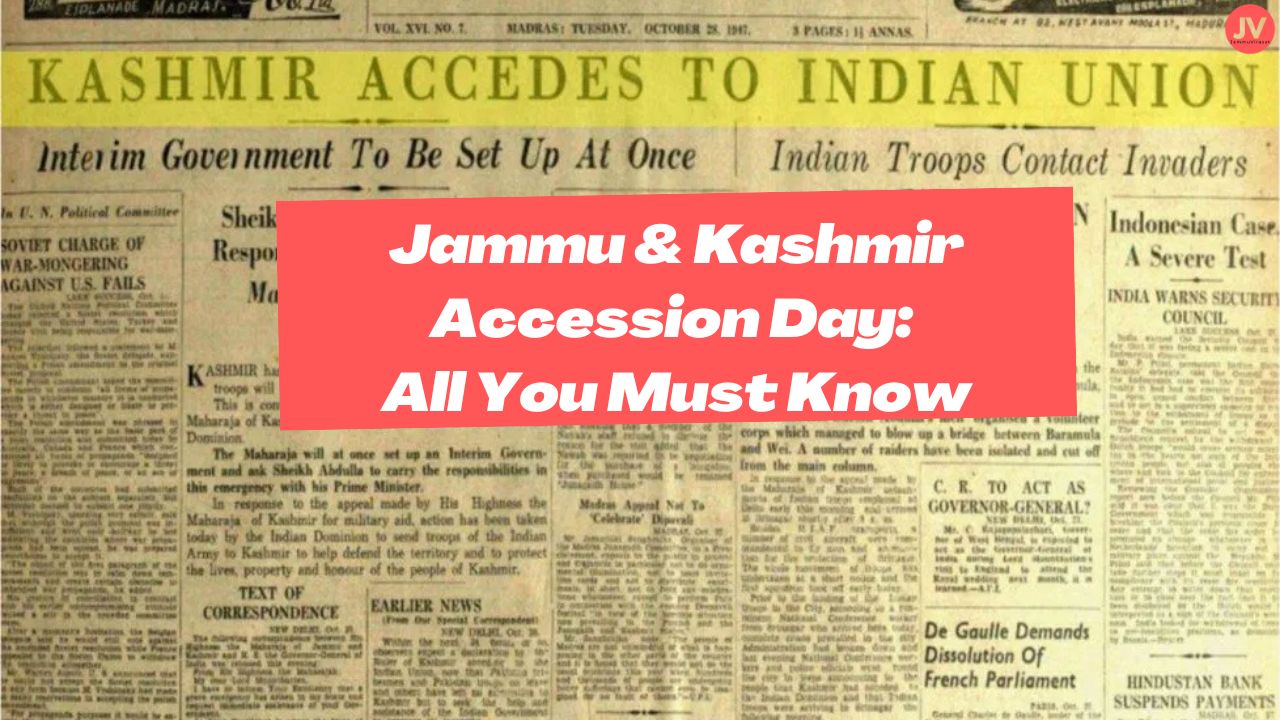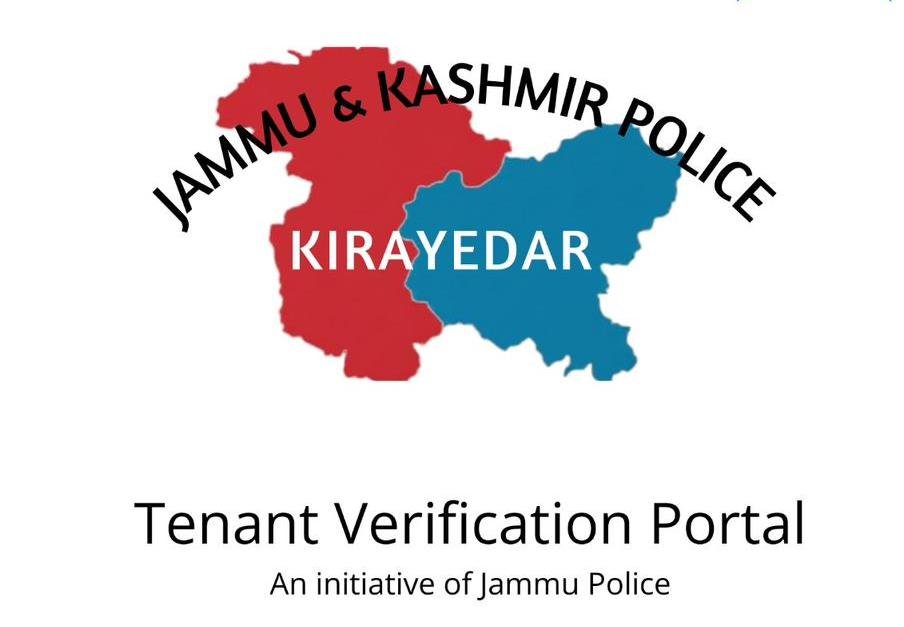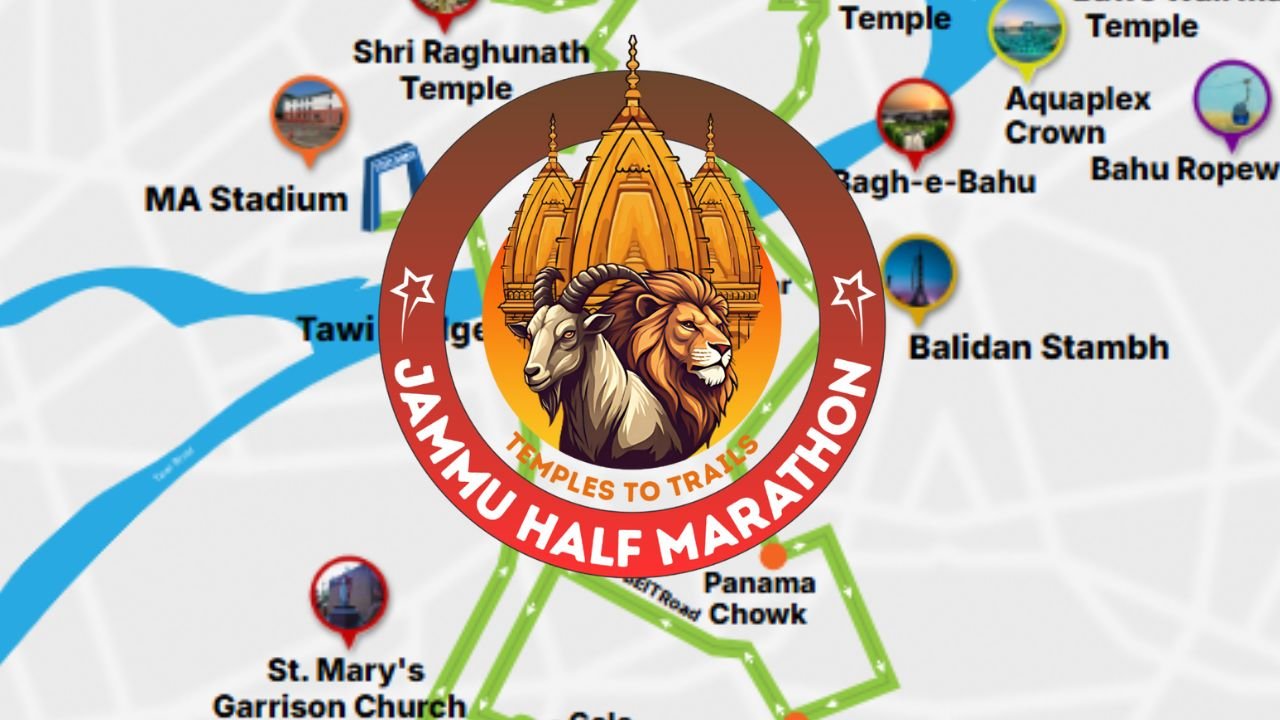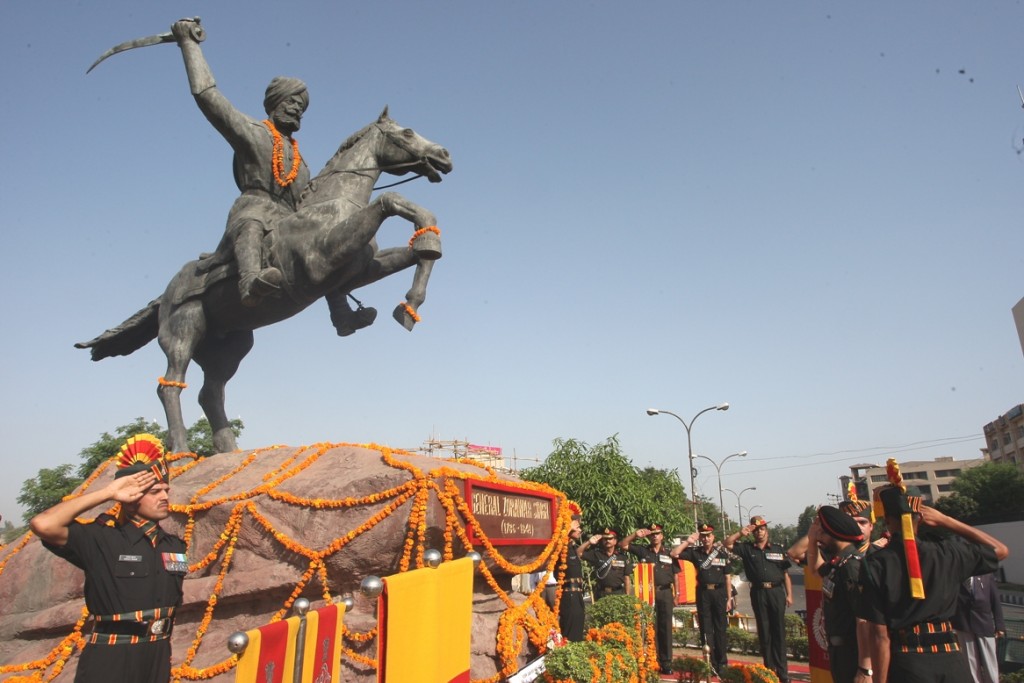Jammu And Kashmir Accession Day, observed on October 26 each year, marks the historic signing of the Instrument of Accession in 1947, through which Jammu and Kashmir formally joined the Republic of India. This significant day commemorates the moment when Maharaja Hari Singh, the last ruling monarch of the princely state, agreed to accede to India amidst a backdrop of conflict and invasion. The decision to accede was a pivotal step that laid the foundation for the region’s modern political landscape.
The Context Leading to the Instrument of Accession
The circumstances surrounding Jammu and Kashmir’s accession to India were marked by complex political dynamics and external aggression. Following the Partition of British India in 1947, princely states were given the option to join either India or Pakistan. Maharaja Hari Singh, who initially sought to remain independent, faced an unprecedented challenge when armed tribesmen from Pakistan’s Northwest Frontier Province, supported by the Pakistani military, launched an invasion of Jammu and Kashmir.
Read also: All About Hari Niwas Palace – Jammu
This invasion, beginning on October 22, 1947, saw widespread violence, including looting, arson, and atrocities committed against civilians. As the raiders advanced toward the capital, Srinagar, the Maharaja requested military assistance from India. In response, India agreed to send troops on the condition that the Maharaja sign the Instrument of Accession, thereby making Jammu and Kashmir a part of the Indian Union.
Signing of the Instrument of Accession
The Instrument of Accession was signed by Maharaja Hari Singh on October 26, 1947, and accepted by Lord Mountbatten, the then Governor-General of India, the following day. The agreement granted India control over defense, external affairs, and communications, while other matters remained under the jurisdiction of the state’s government. The signing of this document marked the beginning of Jammu and Kashmir’s integration into the Indian Union and authorized India’s military intervention to repel the invading forces.
The First Indo-Pak War: Defending the Accession
The signing of the Instrument of Accession did not bring immediate peace to the region. The First Indo-Pak War, which erupted shortly thereafter, was fought over the territory’s future status. The Indian Army played a crucial role in defending the newly acceded state, engaging in fierce battles to reclaim areas occupied by the invaders. Despite a United Nations-brokered ceasefire in January 1949, the war left Jammu and Kashmir divided, with a Line of Control (LoC) separating the Indian-administered and Pakistani-administered areas.
The Role of Local Militias and Community Defense
During the conflict, local militias and civilians in Jammu and Kashmir, including brave women, contributed significantly to the defense efforts. Several women from the region organized themselves into groups to resist the advancing forces and protect their communities. This display of resilience and courage by the people of Jammu and Kashmir added to the collective effort to safeguard the state from external aggression.
Read also: Interesting Facts About Maharaj Maharaja Hari Singh: The Last Ruler of Jammu and Kashmir
Notable Heroes of the Accession Era
The period surrounding Accession Day saw numerous acts of bravery and sacrifice, with many soldiers and civilians laying down their lives to defend the state. Among the most notable were Brigadier Rajinder Singh, who became the first recipient of the Maha Vir Chakra, and Major Somnath Sharma, awarded the Param Vir Chakra posthumously for his valor during the Battle of Badgam. Their actions played a pivotal role in preventing the fall of Srinagar and in ensuring the safety of the people.
The Controversy and Legal Standing of Accession
Jammu and Kashmir’s accession to India has been a subject of dispute, especially with Pakistan, which continues to claim the region. However, the legal validity of the Instrument of Accession is recognized under international law, and the accession was ratified by the Constituent Assembly of Jammu and Kashmir in 1954. The Indian Constitution further incorporated provisions related to the state’s special status under Article 370, which was intended to ensure a degree of autonomy. Although Article 370 was abrogated in 2019, the accession itself remains legally binding and irrevocable.
Read also: Facts You Should Know About Brigadier Rajendra Singh (M.V.C), Saviour of Kashmir
Accession Day as a Public Holiday
Jammu and Kashmir was accorded special status by Article 370 of the Indian Constitution. The article, though, was repealed in 2019 and the state of Jammu and Kashmir was split into two Union Territories of Jammu and Kashmir, and Ladakh. In 2020, Accession Day was made a public holiday.
Since 2020, the Union Territory of Jammu and Kashmir has observed October 26 as a public holiday to commemorate Accession Day. This recognition of the day as a holiday is seen as an effort to honor the historical significance of Jammu and Kashmir’s decision to join India and to celebrate the unity and resilience of its people. Observing Accession Day serves as a reminder of the sacrifices made during the tumultuous period and the enduring spirit that has shaped the region’s identity.
The Role of Accession Day in Modern Jammu and Kashmir
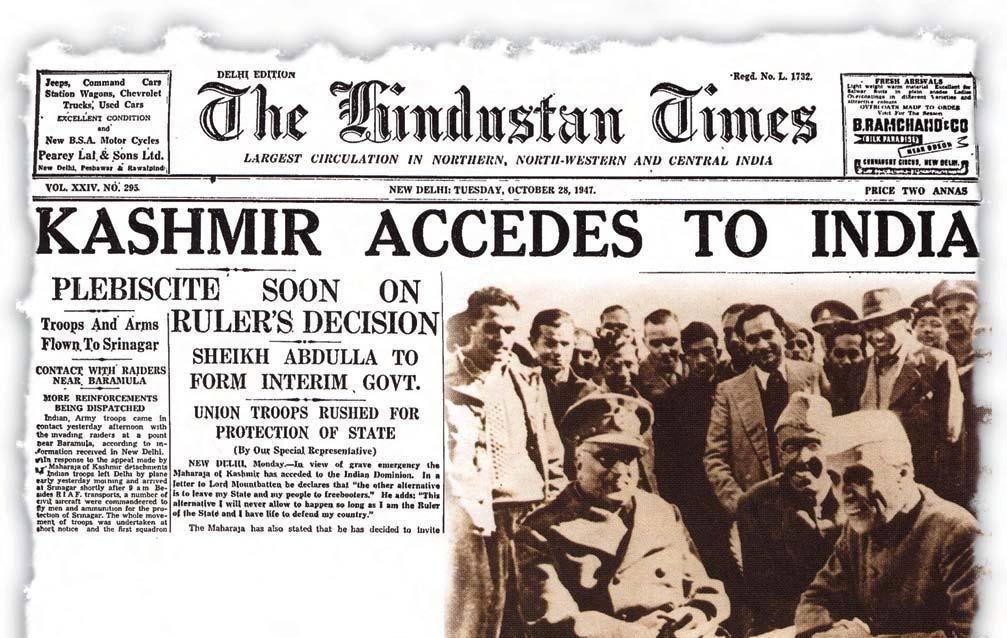
Today, Accession Day is not only a day of historical significance but also a time for reflection on the ongoing challenges and aspirations of the people of Jammu and Kashmir. It is an occasion to acknowledge the progress made since 1947, as well as the persistent issues related to political stability, economic development, and social harmony. The holiday offers an opportunity for the people to come together to celebrate their shared history while looking toward a future of peace and prosperity.
Some nationalist political parties celebrate it is as Vijay Diwas commemorating the vijay, or victory, of Indian forces over the nefarious Pakistani invaders who raided J&K in 1947.
Restoring the Boundaries of Jammu & Kashmir: A Call for Clarity
The need to restore the original boundaries of Jammu and Kashmir, as they existed at the time of the accession, is an important issue for many in India. The Indian Parliament’s 1994 resolution emphasizes the country’s commitment to reclaiming territories under Pakistan’s control. This stance underlines the continued relevance of the Instrument of Accession and the importance of reaffirming the territorial integrity of the Union.
Accession Day, observed on October 26, stands as a reminder of the historic decision by Maharaja Hari Singh to accede Jammu and Kashmir to India in 1947. The Instrument of Accession marked a turning point in the region’s history, bringing it under the Indian Union amidst a backdrop of invasion and conflict. Today, the day serves not only to commemorate the accession but also to honor the sacrifices made in the defense of Jammu and Kashmir.The need of the hour is to restore the original boundaries of the state as acceded by Maharaja Hari Singh to India on October 26, 1947 as resolved in the Indian parliamentary resolution of 1994
As the region continues to navigate its future within the Indian Union, Accession Day remains a symbol of resilience, unity, and the ongoing pursuit of peace and stability.

